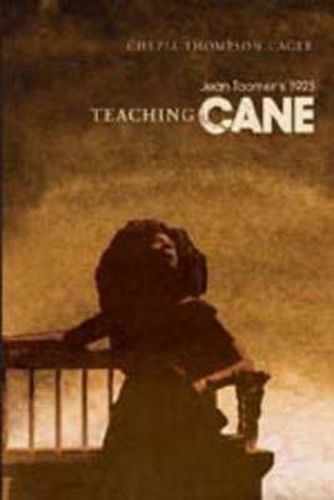Readings Newsletter
Become a Readings Member to make your shopping experience even easier.
Sign in or sign up for free!
You’re not far away from qualifying for FREE standard shipping within Australia
You’ve qualified for FREE standard shipping within Australia
The cart is loading…






Cane one of the major works of the Harlem Renaissance and Jean Toomer’s imagist masterpiece, is now a part of the canon in Afro-American literature. Teaching Jean Toomer’s 1923 Cane is a unique literary tool that explores the brilliance and far-sighted vision of Toomer, allowing Cane to be taught holistically as a discovery process, using the blues motif and the poetic essay. This book’s text and figures ground a discussion of Cane’s enigmatic and figurative language, connecting the Harlem Renaissance to the Negritude Movement and to later Afro-centric literary movements. This book also reviews P.B.S. Pinchback’s legacy as a non-Negro, able to pass easily in white society, the influence of Ouspensky, H. L Mencken’s critical work, The Paris Brotherhood, and Saccaharum officinarum-G. Like the lunar arcs dividing Cane, the book works as an instructional map. The pictures from the first complete production also tell a remarkable story.
$9.00 standard shipping within Australia
FREE standard shipping within Australia for orders over $100.00
Express & International shipping calculated at checkout
Cane one of the major works of the Harlem Renaissance and Jean Toomer’s imagist masterpiece, is now a part of the canon in Afro-American literature. Teaching Jean Toomer’s 1923 Cane is a unique literary tool that explores the brilliance and far-sighted vision of Toomer, allowing Cane to be taught holistically as a discovery process, using the blues motif and the poetic essay. This book’s text and figures ground a discussion of Cane’s enigmatic and figurative language, connecting the Harlem Renaissance to the Negritude Movement and to later Afro-centric literary movements. This book also reviews P.B.S. Pinchback’s legacy as a non-Negro, able to pass easily in white society, the influence of Ouspensky, H. L Mencken’s critical work, The Paris Brotherhood, and Saccaharum officinarum-G. Like the lunar arcs dividing Cane, the book works as an instructional map. The pictures from the first complete production also tell a remarkable story.